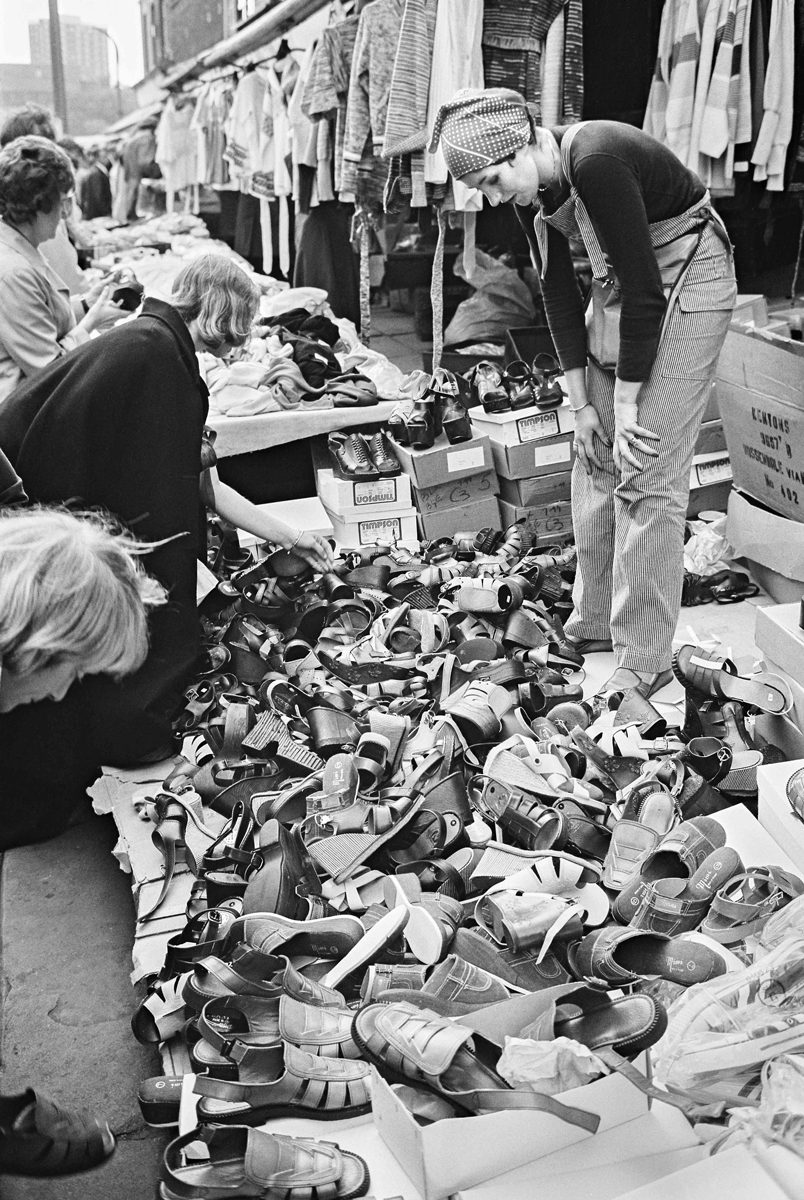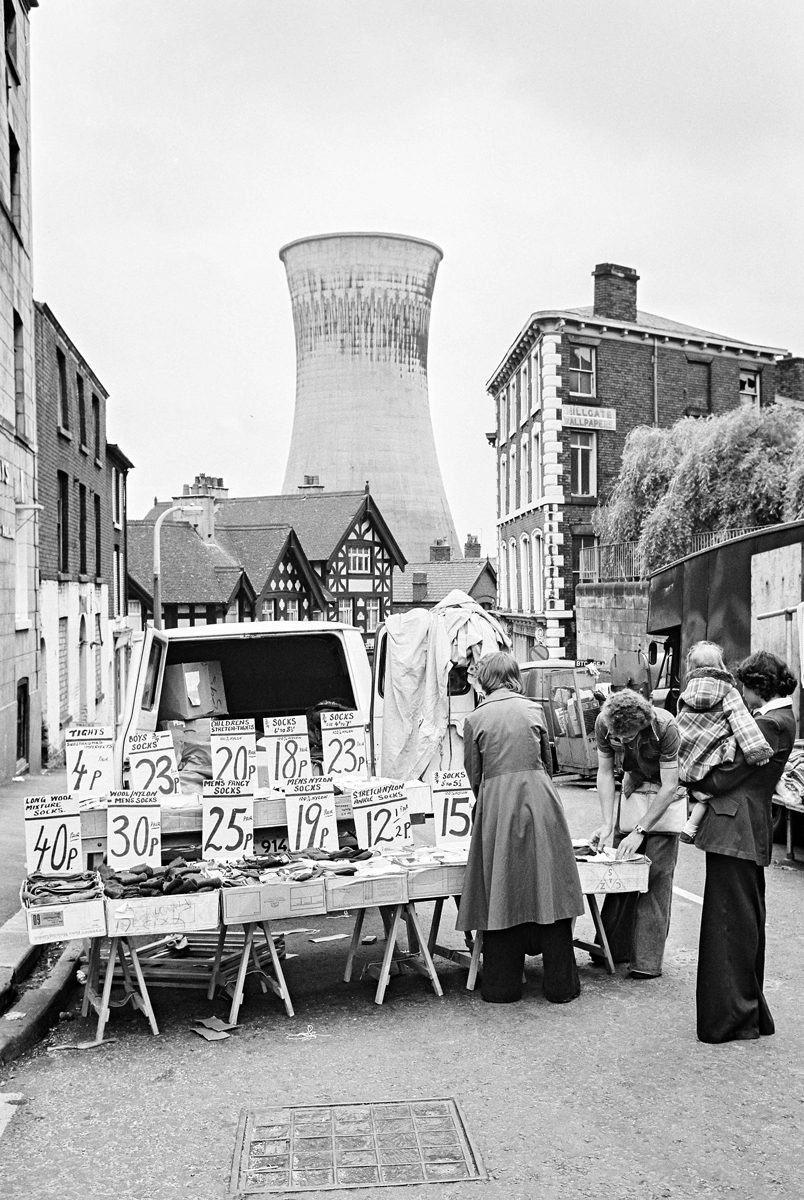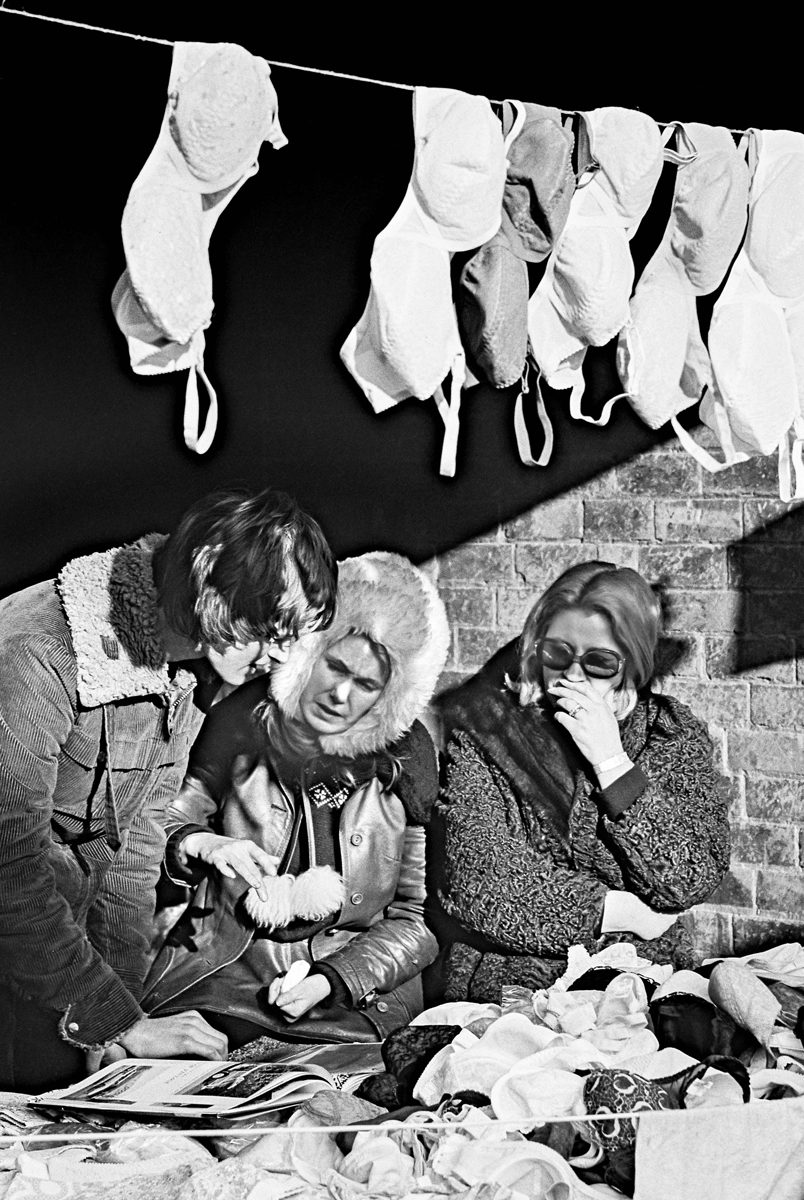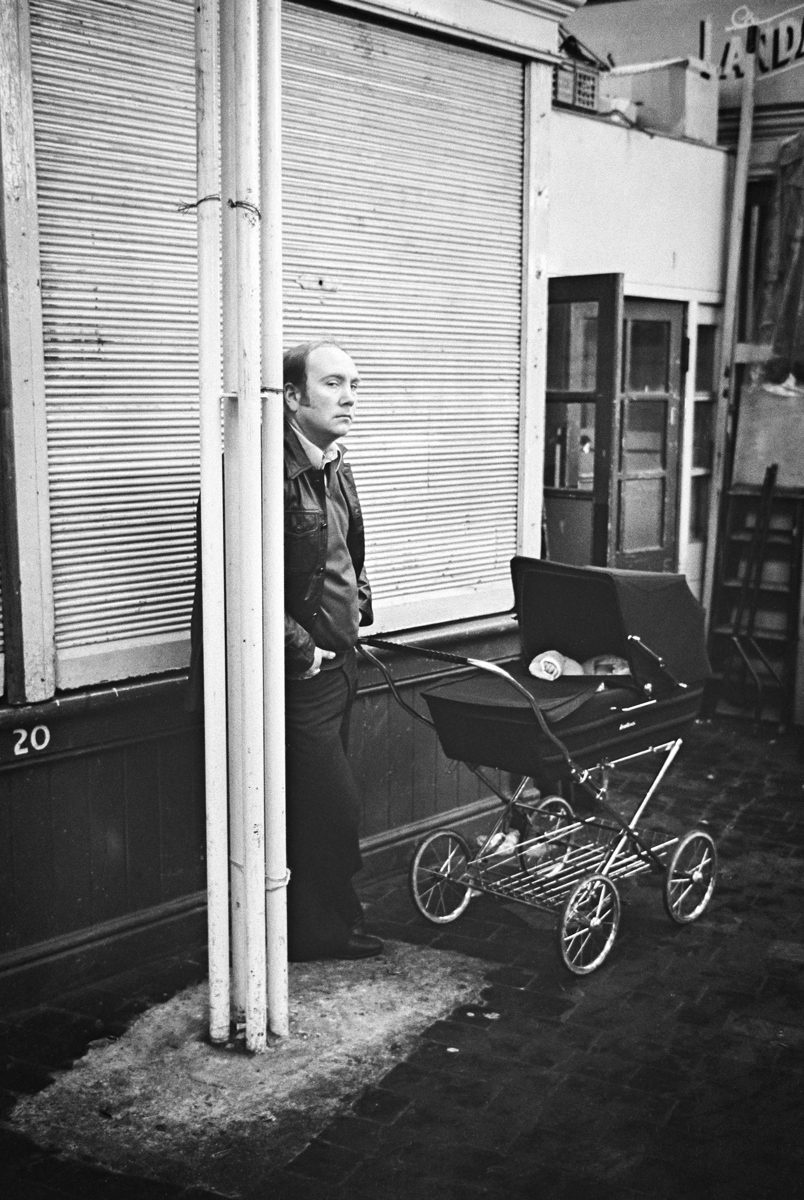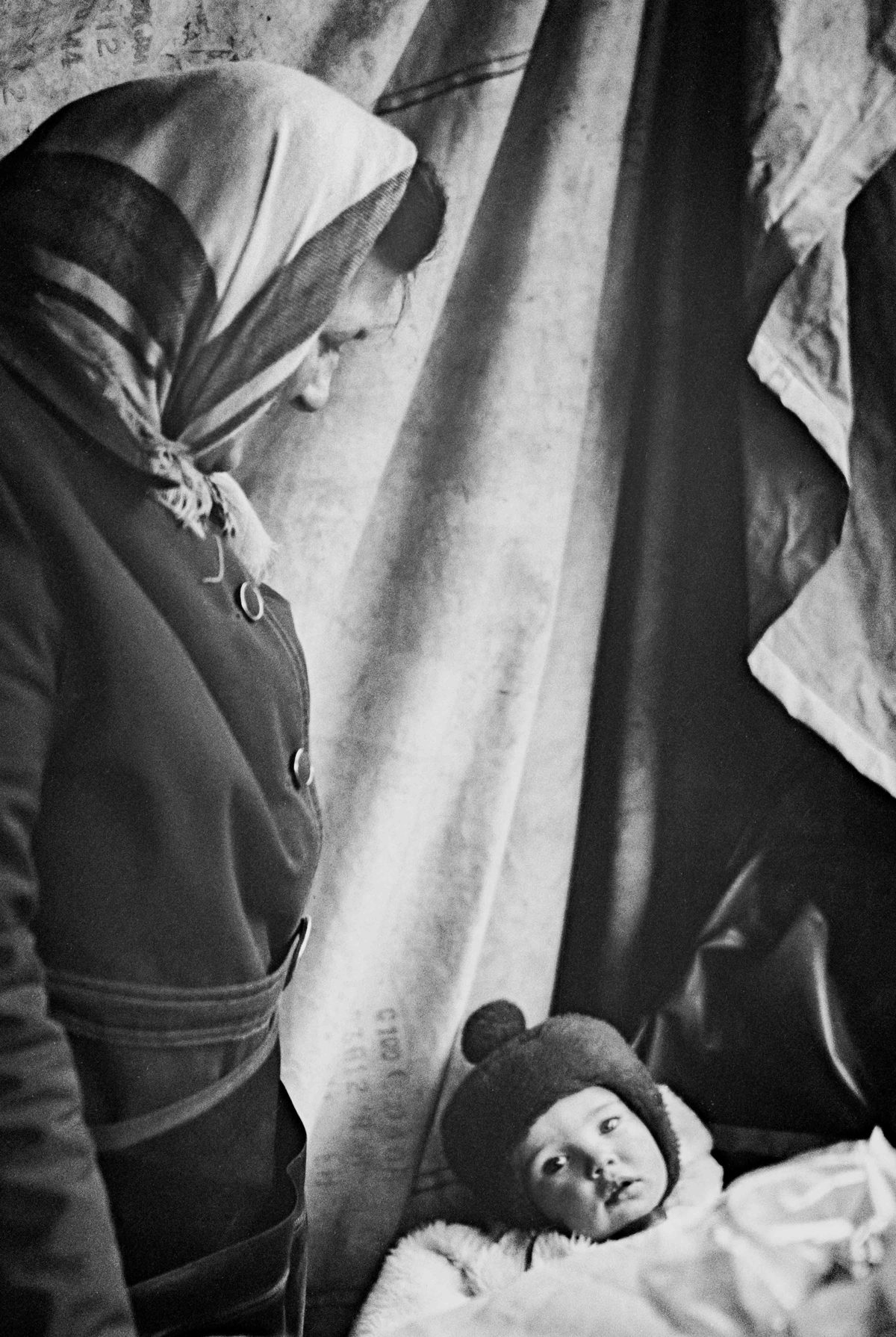The Stockport Collection Posted On 19th April 2022 To Magazine & Stories

This is a story about serendipity, generosity, community, and several rolls of Ilford FP4 film. It begins in April 2020, during our first Covid-19 lockdown when a request from a sibling for an old family photo led me to dig around in my messy 35mm archive. I discovered quite a few forgotten negatives and slides from my life during the 1970’s, when I was young and single. They had been randomly stored and dragged around in house moves whilst I focussed on marriage, motherhood and a career in Social Work. Even when I built a darkroom during my first pregnancy, I used it to develop and print images of my baby, not the material from my previous life.
So much of this rediscovered archive had been largely unseen, even by me.
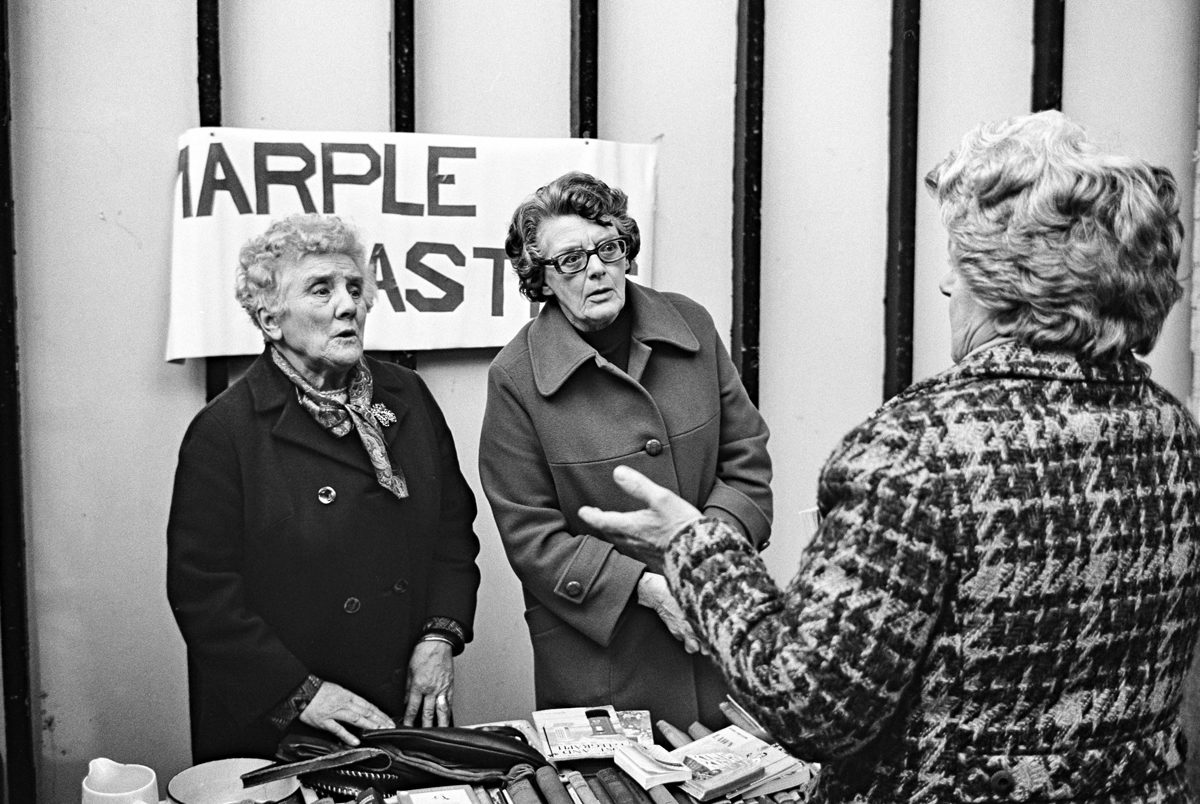
The Ladies and their intense focus on sharing the latest news or finding the best bargain.
Tattered Proof Sheets
Amongst the boxes, I found eight tattered proof sheets and ILFORD negatives and one box of colour slides which I had exposed during three weekend visits to Stockport Market in 1976 and 1977.
Both of us donned in precautionary gloves and masks, a generous friend loaned me his scanner, and I was finally able to see the forty-year-old images properly. They brought back memories of wandering around that busy, noisy market community; crowds of chatting, jostling shoppers, traders shouting bargains, ladies sharing their news, children playing, hymn singers and, in summer, a brass band playing at a nearby shopping centre.
My images show evidence of hardship and scarcity, of make do and mend, and the faces of the stall holders are well-lined from many years of long days spent outdoors. But they also illustrate the cheerful friendliness and warm energy which hummed everywhere. The atmosphere was of a real, live strong community, with customs and traditions based on necessary mutual reliance and a sense of belonging.
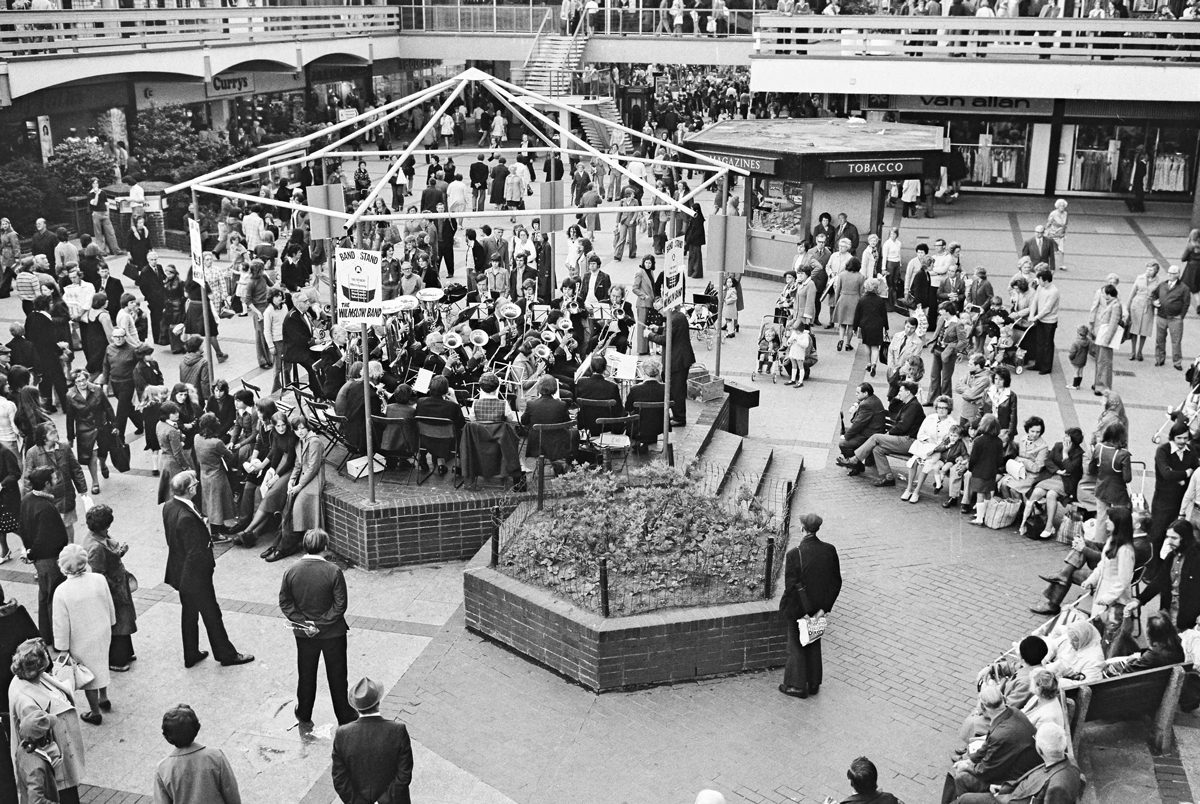
The Merseyway shopping centre, with the Wilmslow Band playing.
Social Isolation
What a contrast to life in the Spring 2020, with our months of enforced social isolation, online shopping and communication by Zoom!
When social restrictions eased, I happened to be visiting with a friend who had grown up near Stockport. She insisted that I should post the images on social media, as did the two young professional photographers running The RAW Society, whom I'd discovered online. They advised me how to use social media specifically to establish connections with people of Manchester and Stockport origin; I was keen to flesh out the images with more information about the people in them, perhaps even identities.
In early July 2020, via Instagram messenger I sent an image to The British Culture Archive, which responded quickly with a blog post on Facebook. The volume of reactions from the public grew, many expressing delighted surprise and enthusiastic appreciation. Every post prompted further information, identities and personal memories.
- The Livsey Shoe Stall
- Kay family’s sock and tight stalls
- Ann Olsen’s bra stall
21st Century Digital Existence
On 21st of January 2021, The Guardian published a generous spread of The Stockport Collection images. This prompted a deluge of heartfelt emails in my inbox from around the world. Many contained earnest "thanks for sharing", even when the writers admitted being moved to tears. For me, the flood of responses and exchanges sparked by the images couldn’t be dismissed as mere romantic nostalgia sharpened by Covid lockdown. Moreover, they were a testament to the enduring, universal longing to belong to a living, breathing community in the real, tangible world. Sadly, my images reminded people how elusive this has become in our 21st Century digital existence.
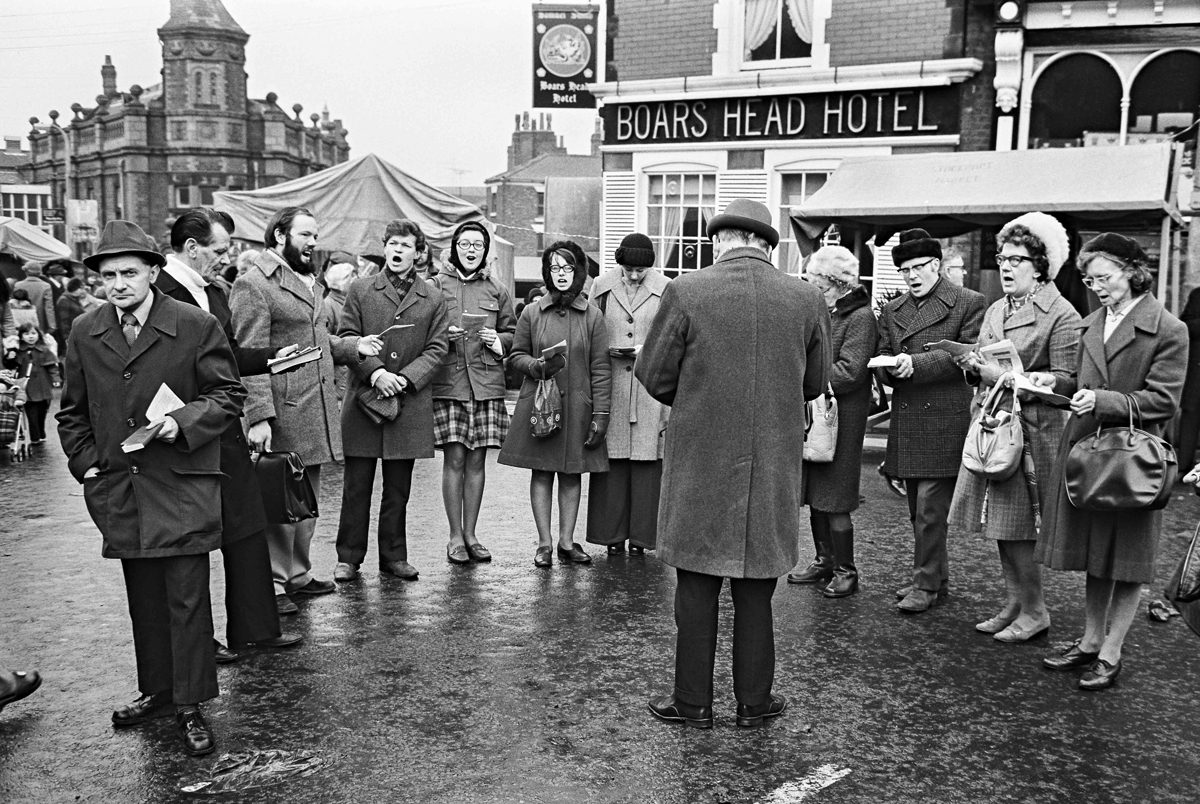
Boars Head Hymns
Portrait of a Community was born
Amongst the Guardian readers was a book designer who grew up in Stockport and who persuaded me to let him design a book of the images and anecdotes. Rob Shaw of Northbank Studio and I quickly became an online team, and within six months, in June 2021, following a successful Kickstarter campaign, I was signing off proofs at Kingsbury Press in Doncaster. The book The Stockport Collection (1976-1977): Portrait of a Community was born.
Being nearby, I took the opportunity to visit Stockport for the first time in forty-odd years. Still in semi-lockdown due to recent infection spikes, the streets were deserted, and the shops shut. And yet, serendipity intervened again, and I happen to bump into Sam Buckley, owner of Where The Light Gets In. He reminded me that he had been one of the many people messaging me following The Guardian piece. And his vision of a first exhibition of The Stockport Collection in the heart of Stockport, in his extraordinary, converted coffee warehouse was passionate and tenacious.
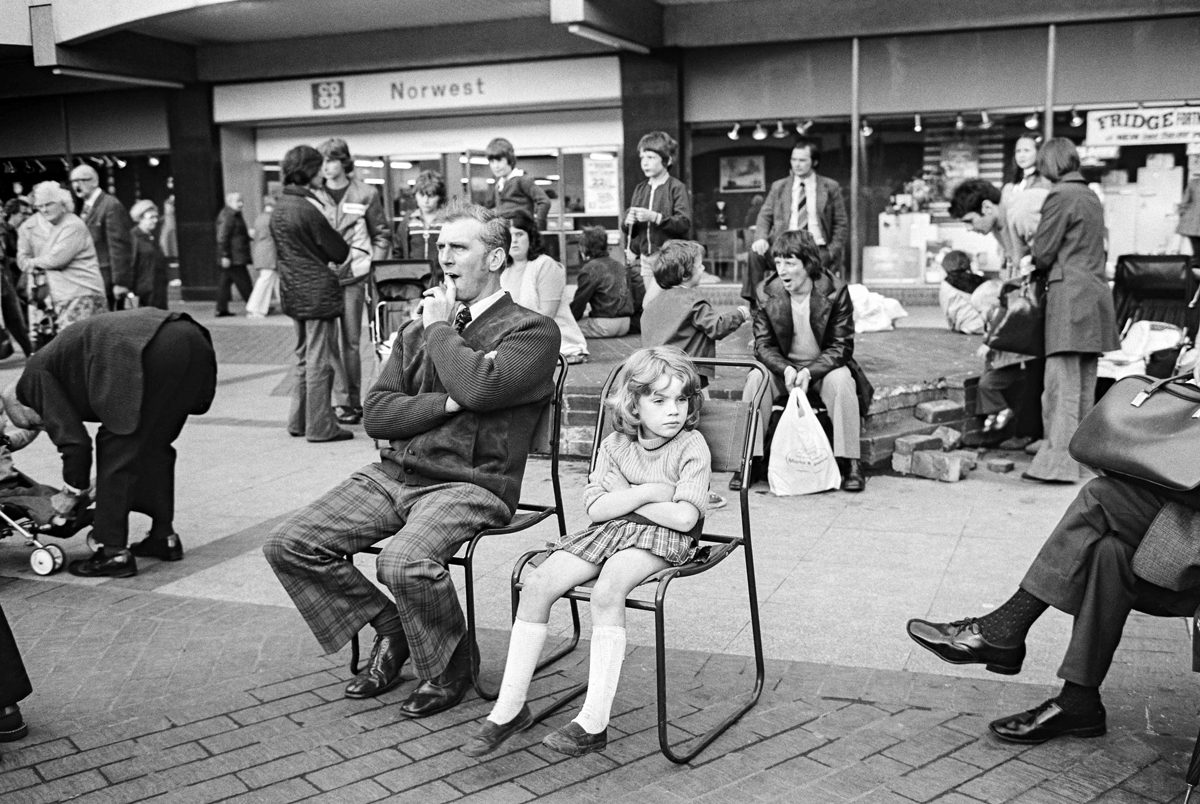
Bringing the community of 1970's Stockport into the present
So, at the time of writing, thanks to the combination of a few rolls of re-discovered ILFORD film, lots of serendipity and generosity, and, ironically, the connectedness of the digital world, we are about to enjoy the opening of this photo exhibition, bringing the community of 1970's Stockport into the present one of 2022.
- The reluctant babysitter
- The stall trader’s baby
For me, making photographs has always been about telling stories. For instance, it is about communicating both with the subjects and with the viewers of my images. The Stockport Collection has evolved quite organically into the most extraordinary, collaborative fulfillment of my ideals as a photographer that I could have ever wished for. After all, the story isn’t done as new names and memories are still emerging.
Images © Heidi Alexander
About The Author

Heidi Alexander
I was born and raised in Switzerland by American parents. In 1969 my newly single mother brought me and my four siblings to live in Scotland. My father was a motor racing photographer who gave me his Leica M4 camera when I was in my late teens, and, after completing my BA degree in Scotland, I was offered a place at David Hurn’s School of Documentary Photography in Wales. But, unable to accept the place, I remain happily self-taught and largely unprofessional.
Now retired from Social Work, I continue to live in Edinburgh, enjoying all opportunities to pursue photography, especially street, travel, portraiture and, occasionally, commercial. I also continue to scan and post my re-discovered 35mm images from my travels during the 1970’s and plan to get back to using the Leica.







